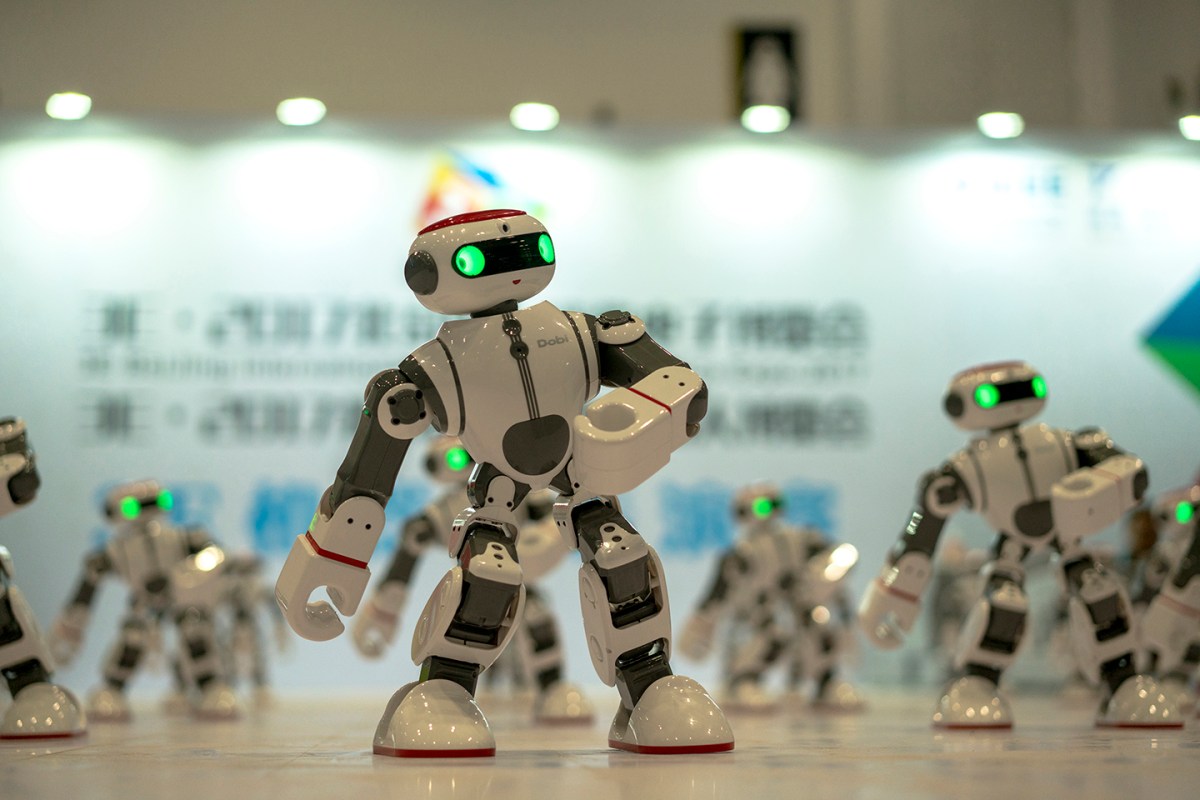Robots are a gigantic blank slate, which means that humans have a real opportunity to mess them up, particularly by adding exaggerated, overly simplified gender stereotypes, reports Wired.
How gender biases manifest in the design of voice assistants is known territory: Research shows that users tend to like a male voice when an authoritative presence is needed but prefer a female voice when receiving guidance. Scientists are now starting to think about how these gender biases materialize in physical robots.
Robots do not have gender, but we are already finding ways to give them one. Wired writes that one study found that participants judged a robot programmed to perform security work as more masculine and judge the same robot, but programmed to lend assistance, to be more feminine.
But Wired writes that robots do not need to enforce society’s stereotypes. Instead, they could easily be used to confront, and begin changing society’s ideas.
“It’d be great if somehow we could use robots as a tool to better understand ourselves, and maybe even influence some positive change,” said Julie Carpenter, who studies human-robot interaction, according to Wired. “Globally, the social movement we’re moving towards is equality. So why go backwards? Why refer to gender norms from the 1960s?”
Thanks for reading InsideHook. Sign up for our daily newsletter and be in the know.


















